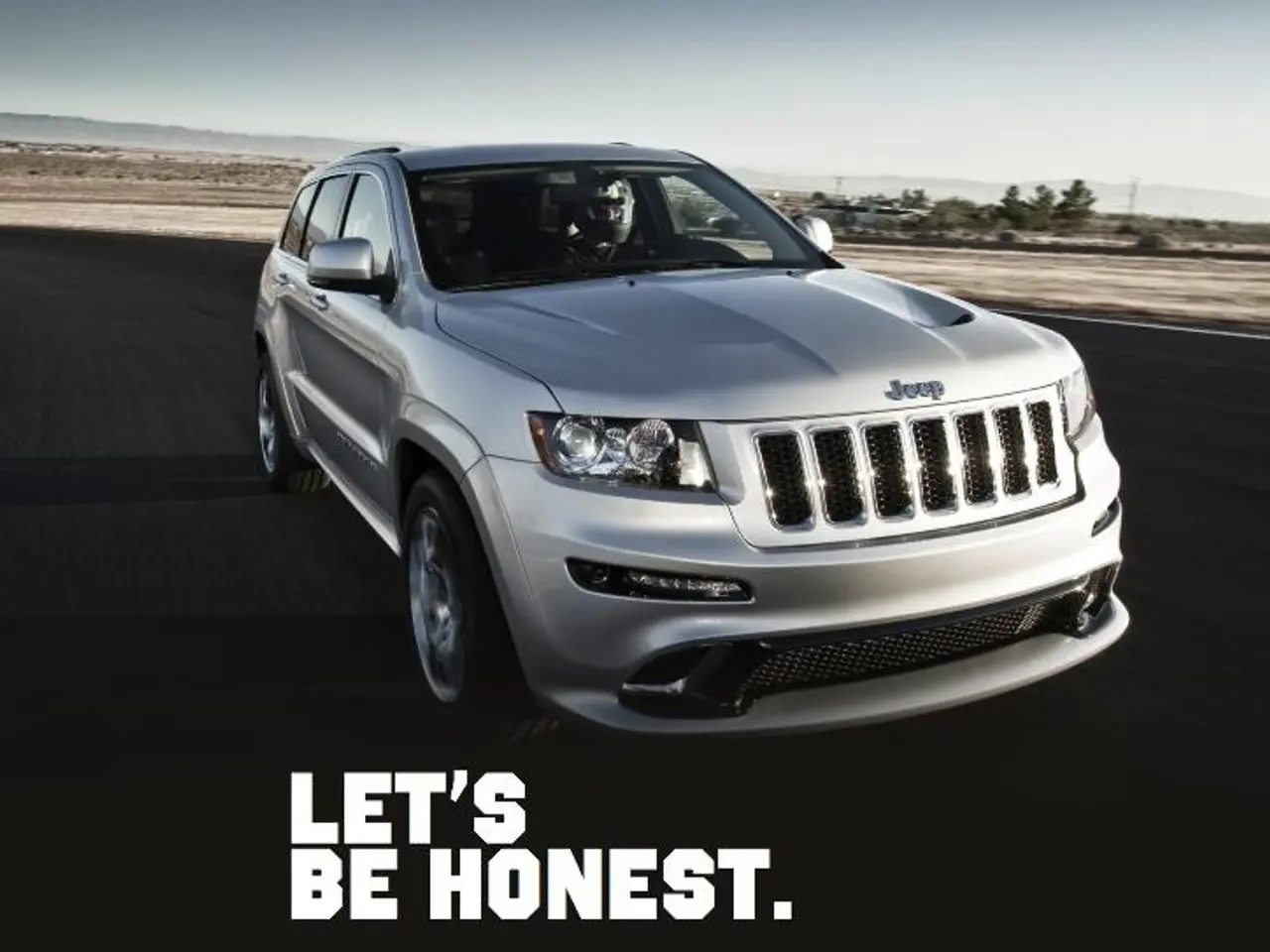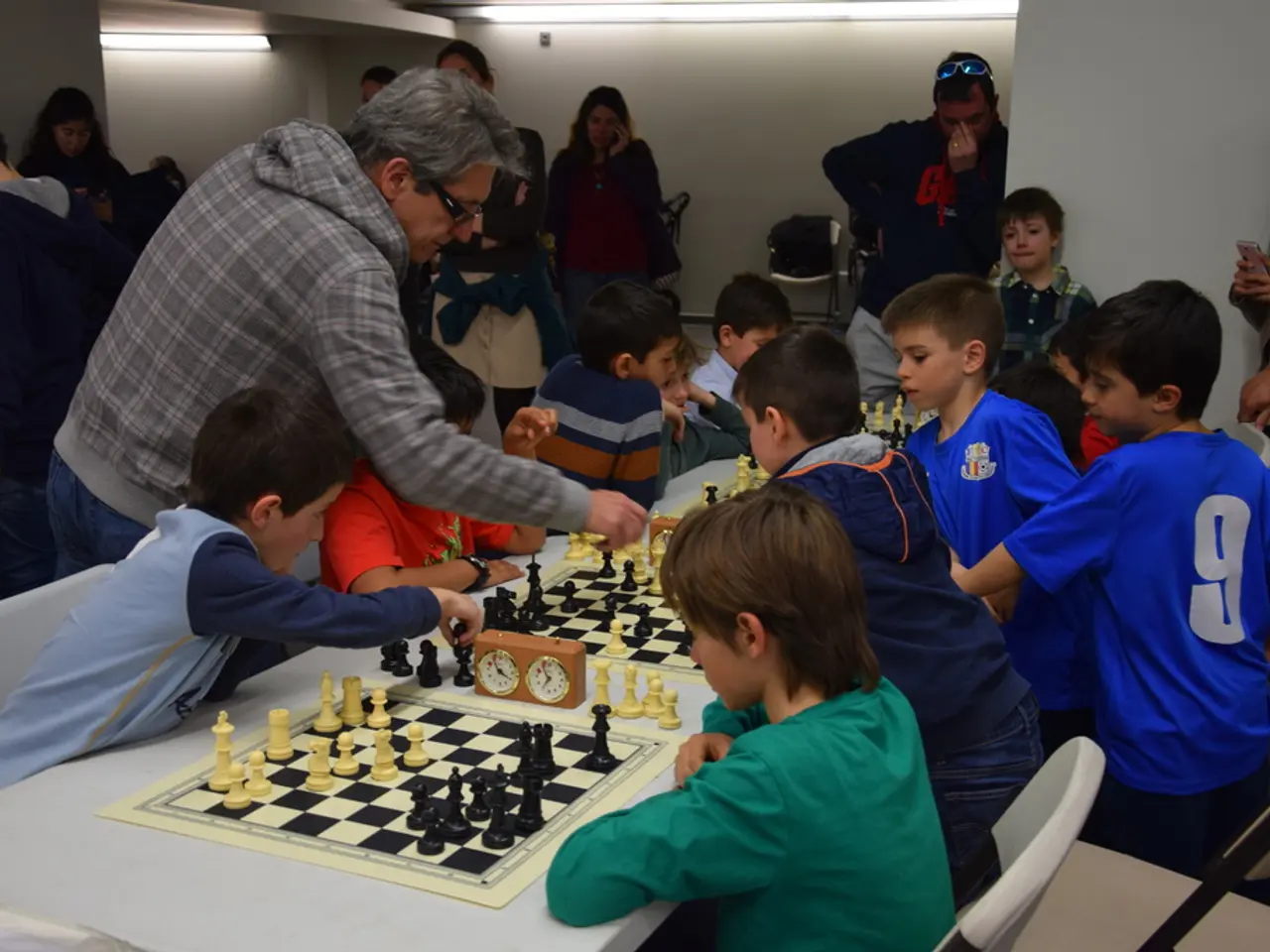Luxury showcase in Monte Carlo: Evaluating the opulence (and cost)
Monte Carlo, the sunny Mediterranean town known for its extravagant wealth and luxury, has a rich history deeply intertwined with the world of gambling. The pivotal moment came in the 19th century with the opening of the Casino de Monte-Carlo in 1863.
This iconic casino, spearheaded by François Blanc and Prince Charles III, was instrumental in transforming Monaco's fortunes by attracting the European elite, boosting the principality's prosperity, and positioning Monte Carlo as a luxury destination.
Designed by Charles Garnier, the architect behind the Paris Opera, the casino opened its doors in the late 19th century. It is located in the Carré d'Or district, around the Place du Casino, which became the social heart of Monte Carlo. This area is also home to luxurious Belle Époque buildings like the Hôtel de Paris (opened in 1864), the Opéra Garnier (attached to the casino), and the Hôtel Hermitage.
The casino is famous not only for gambling but also for its opulent surroundings and cultural events. It contains a theater that hosts performances such as the Monte Carlo Ballet and hosts the national orchestra, linking gambling with cultural prestige. It remains a highly exclusive and elegant venue, adhering to strict dress codes and offering a blend of traditional and modern luxury.
Visitors today can experience the famed gaming tables and high-end ambiance, which includes features reminiscent of fictional spy movies like James Bond. The casino's significance lies in its role in establishing Monaco as a premier luxury resort, generating revenue that helped avoid taxing residents, and creating a unique intersection of gaming, culture, and high society that endures into the present day.
In addition to the casino, Monte Carlo is also famous for its high-stakes poker tournaments. The European Poker Tour (EPT) Grand Final has been played in Monte Carlo since 2005, attracting big-name poker players from beyond Europe. The 2021 and 2025 editions of the EPT Grand Final are currently being held in Monte Carlo.
Monte Carlo is not just a gambling destination; it's a town of steep hills and steeper prices. A cheeseburger and fries can cost over $40 in a local eatery, and sharing a hotel room can be expensive. However, it's suggested to consider splitting it with a smaller number of people.
Monte Carlo's casino reputation also extends to its other famous event, the Formula 1 Monaco Grand Prix. The race takes place on hilly, winding, narrow roads, with racers reaching speeds of up to 180mph. The 2021 Monaco Grand Prix is scheduled to take place in a few weeks.
Monte Carlo's gambling scene and its association with luxury and high society can be traced back to the release of "The Man Who Broke the Bank at Monte Carlo," a hit song released in 1891. Elvis Presley's "Viva Las Vegas" came out much later, in 1964, long after the Monte Carlo song.
In conclusion, Monte Carlo's gambling scene is a testament to the principality's history, culture, and economic development. From the opening of the Casino de Monte-Carlo in 1863 to the present day, Monte Carlo has maintained its reputation as a luxurious and exclusive destination for gambling, culture, and high society.
[1] Monte Carlo, Monaco. (n.d.). In Encyclopædia Britannica. https://www.britannica.com/place/Monte-Carlo [2] Casino de Monte-Carlo. (n.d.). In Encyclopædia Britannica. https://www.britannica.com/topic/Casino-de-Monte-Carlo [3] Monaco Grand Prix. (n.d.). In Encyclopædia Britannica. https://www.britannica.com/sports/Monaco-Grand-Prix
- The Casino de Monte-Carlo, a luxury destination and cultural hub in Monte Carlo, offers more than just gambling, hosting events like the Monte Carlo Ballet and the national orchestra, creating a unique intersection of gaming, culture, and high society.
- Monte Carlo's gambling scene, associated with extravagant wealth and luxury, extends beyond the iconic Casino de Monte-Carlo, as can be seen in high-stakes poker tournaments like the European Poker Tour (EPT) Grand Final, attracting big-name players from around the world.




